These teachers see the internet and digital technologies such as social networking sites, cell phones and texting, generally facilitating teens’ personal expression and creativity, broadening the audience for their written material, and encouraging teens to write more often in more formats than may have been the case in prior generations. At the same time, they describe the unique challenges of teaching writing in the digital age, including the “creep” of informal style into formal writing assignments and the need to better educate students about issues such as plagiarism and fair use.
Via Nik Peachey



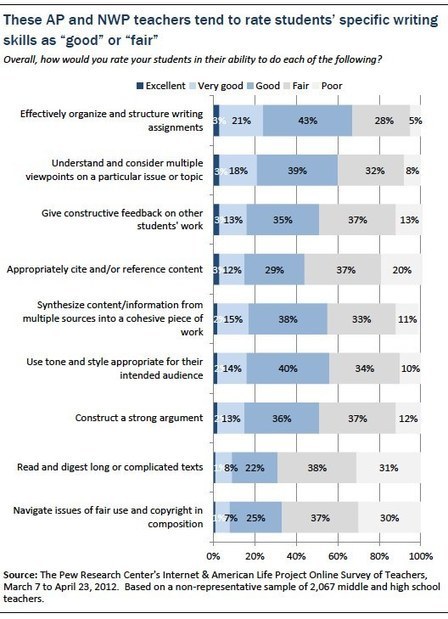


 Your new post is loading...
Your new post is loading...


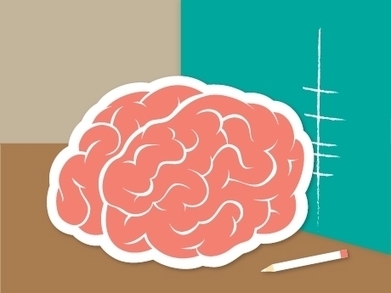


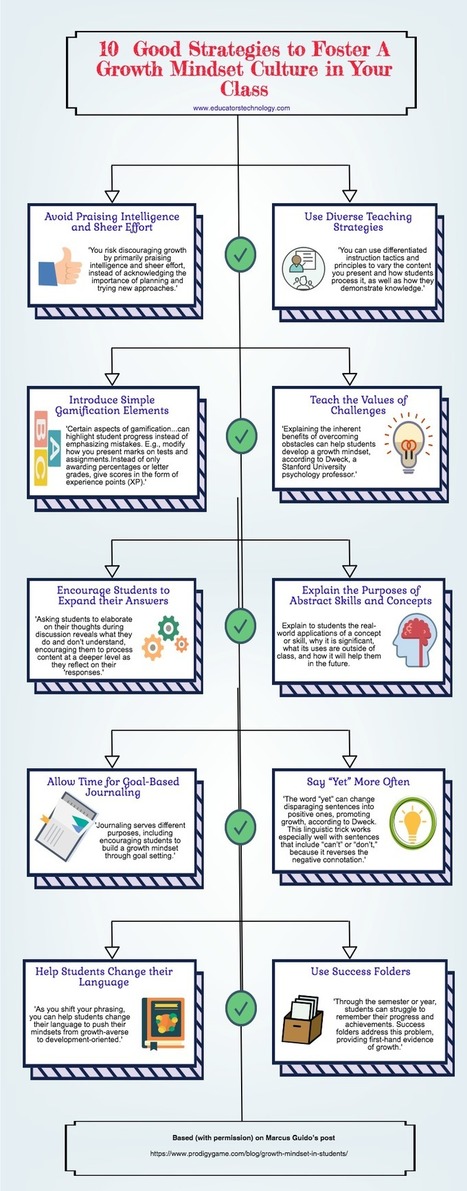





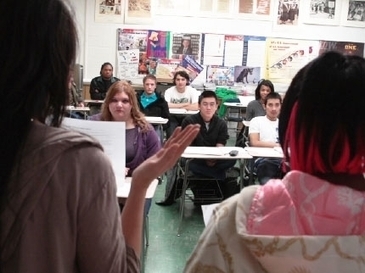







![How to Tell If You Have a Fixed or a Growth Mindset [Infographic] | Professional Development | Scoop.it](https://img.scoop.it/4I-nqBb9kFj3NzlYHOe38Dl72eJkfbmt4t8yenImKBVvK0kTmF0xjctABnaLJIm9)

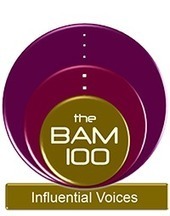









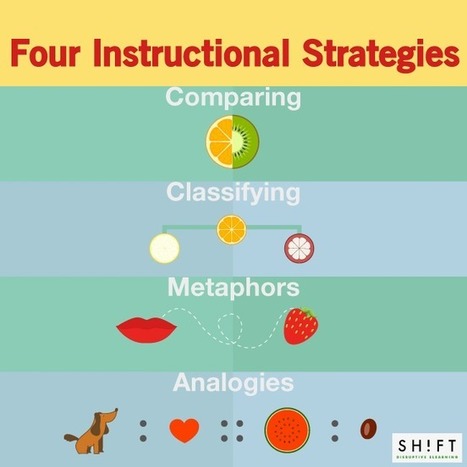








Loin d'éloigner les jeunes de l'écriture, ils n'ont jamais écrit autant depuis l'arrivée du numérique.
Enquête sur la litteracie numerique, des chiffres intéressants...
This study provides insight into the issues teachers see, positive and negative, regarding the ways in which digital tools impact student writing. Overall, they see many benefits, but there are specific areas of concern.